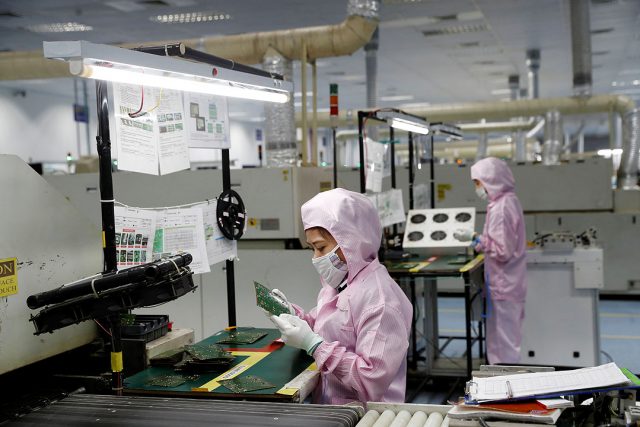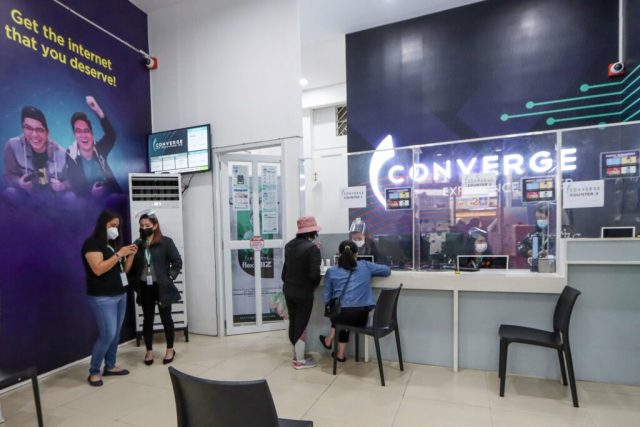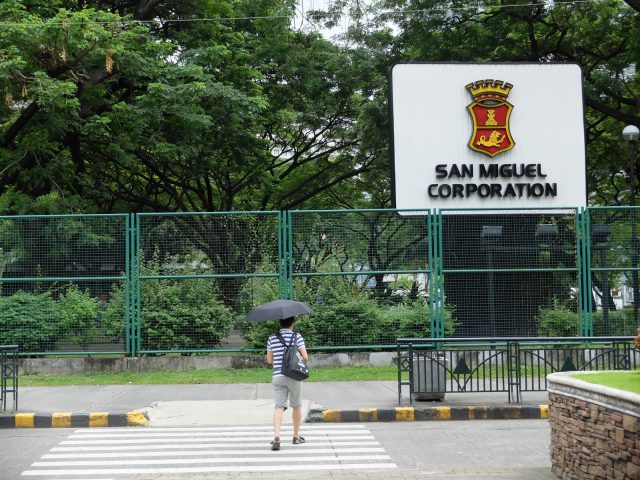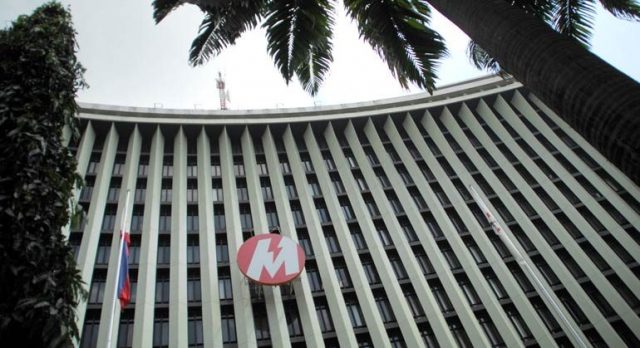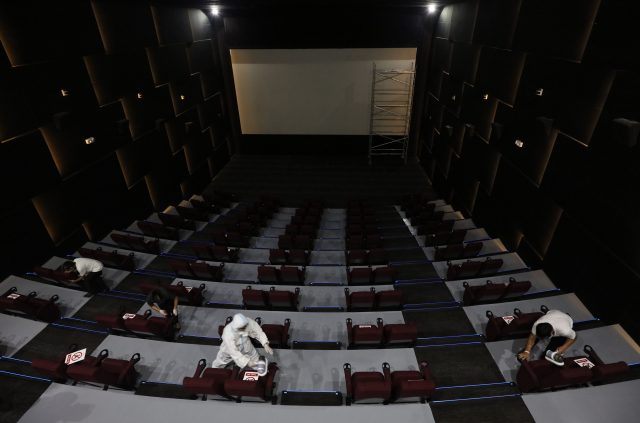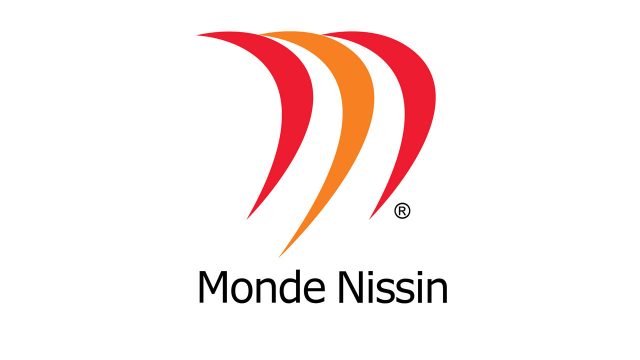New batch of SM scholars: A step closer to their dreams
As the famous saying goes, “Education is the passport to the future, for tomorrow belongs to those who prepare for it today.”
This is what the SM scholars believe in — that education is their key to uplift not just their own, but also their family’s economic status.
Just recently, SM Foundation Inc. (SMFI), the corporate social responsibility arm of SM, welcomed 250 new college students to their SM College Scholarship Program for school year 2021-2022 which was streamed on SMFI’s official Facebook page.
With the addition of these college freshmen, the total number of current SM scholars is now at more than 1,300. To date, SMFI has already produced over 3,400 college graduates.
SM scholar Kisses Liwanag
One of the 250 new SM scholars is Kisses Liwanag. She is taking up Bachelor of Secondary Education Major in English at the Batangas State University. A daughter to a tricycle driver and a food vendor, Kisses knew that she had to step up for her to finish her tertiary education.
“Mula po noong nalaman ko ang about sa SM Scholarship ay talaga pong inabangan ko ang pagbubukas ng kanilang online application. Ipinagdasal ko po ito sa bawat araw at pinaglaanan ko talaga ng oras ang pagkolekta sa mga kinakailangang documents at agad-agad po akong nag fill-out sa online application the moment na nagbukas ito,” Kisses recalled.
“Nag-apply po ako sa SM scholarship dahil gusto kong makatapos sa kolehiyo at makatulong sa aking mga magulang at kapatid, lalo’t nasasaksihan ko po ang hirap ng aking mga magulang at ang kagustuhan nila na mapatapos kaming magkapatid sa aming pag-aaral,” she further shared.
According to Kisses, the SM scholarship grant is a big help for her and her family especially because of their current situation, “Sa kasalukuyan po, masasabi ko pong hindi gaanong maganda ang estado ng aming pamumuhay lalo’t humina po ang biyahe ng tricycle dahil sa pandemya at ‘di rin po araw-araw na nakapaglalako si mama ng puto.”
 SM scholar Mark Lawrence Bacasmo
SM scholar Mark Lawrence Bacasmo
Same with Kisses, new SM scholar Mark Lawrence Bacasmo also prepared ahead for the scholarship application. “When I learned about the scholarship program of SM from my mom’s friend, I immediately prepared all the documents I needed for the application,” Mark shared.
“The application was smooth. The application portal can be easily navigated as long as you have the requirements. Same with the qualifying exam up until the interview,” he added.
Mark is taking up Bachelor of Science in Accountancy at the Asia Pacific College. His father is a security guard while his mom sells homemade food.
“After I graduate, I hope to pass the board exams and become a Certified Public Accountant. And when I get a job, I am planning to save up and buy my parents a house,” Mark said.
Both Kisses and Mark expressed their gratitude to SM Foundation and the Sy family for giving them an opportunity to continue their college education without having to think of the financial burden of tuition and allowance.

Of the 250 new SM scholars, 40% are from the National Capital Region and 60% are from the provinces across the country. This makes the total current number of SM college scholars to more than 1,300.
Under the flagship program of SM Foundation, scholars enjoy full tuition and miscellaneous fees subsidy. They also receive monthly stipend and are exposed to various enrichment activities and job opportunities at SM malls during their semestral or Christmas breaks. After graduating, they also have chance to land their dream jobs in companies within SM.
SMFI, through its Scholarship program, provides deserving and qualified students with access to college education and technical-vocational studies since 1993.
To know more about the social good programs of SM Foundation, visit www.sm-foundation.org, or follow its social media accounts on Facebook, Twitter, and Instagram (@SMFoundationInc).
Spotlight is BusinessWorld’s sponsored section that allows advertisers to amplify their brand and connect with BusinessWorld’s audience by enabling them to publish their stories directly on the BusinessWorld Web site. For more information, send an email to online@bworldonline.com.
Join us on Viber to get more updates from BusinessWorld: https://bit.ly/3hv6bLA.




